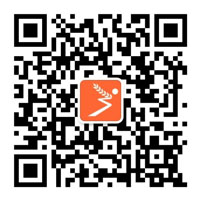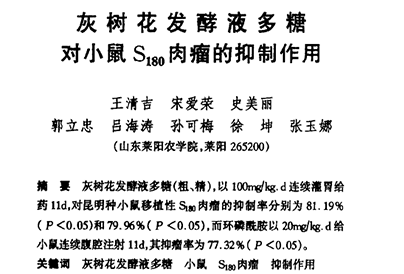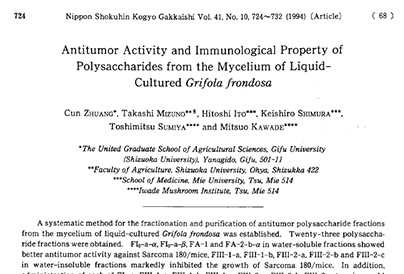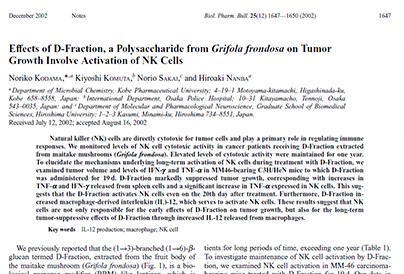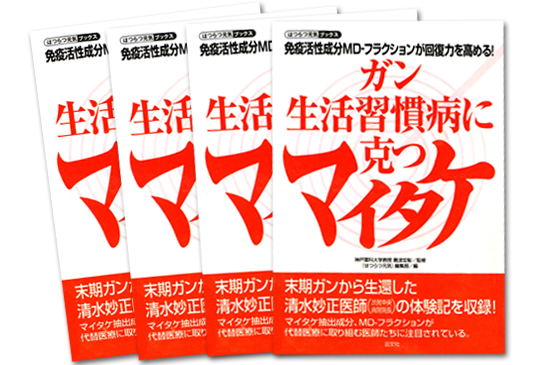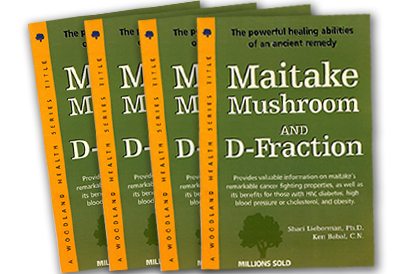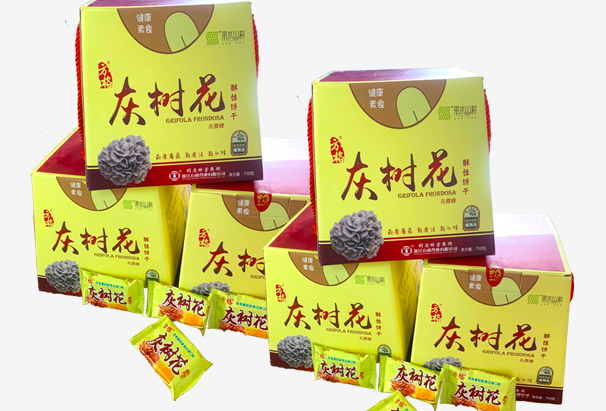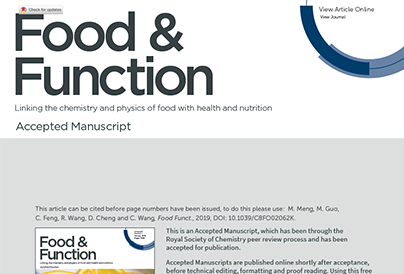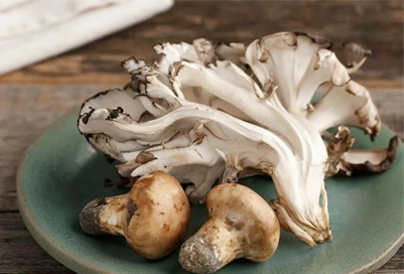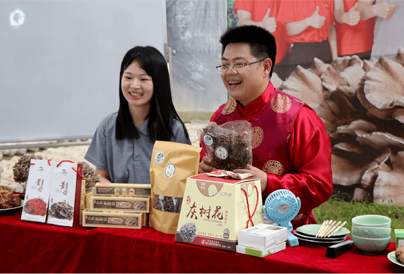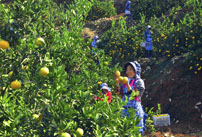Since ancient times, nobles at home and abroad have been popular to eat mushrooms, mushrooms not only taste delicious, but also have high nutritional value. As the saying goes, if you eat 4 legs, it is better to eat 2 legs; if you eat 2 legs, it is better to eat 1 leg. This leg is talking about mushrooms.
China has a long history, and the people’s reliance on food expresses how much Chinese people value food. The fungus is delicious and juicy. Of course, the ancients would not give up their pursuit of growing mushrooms.
The romantic Chinese believe that mushrooms have no roots, no stalks, no body, no shape, and they are born from the spirit of heaven and earth and the essence of the sun and moon. Naturally, Juncai has also made it into the hall of the best ingredients in Chinese cuisine. "Lu Shi Chun Qiu" records: "The beauty of the taste, the bacteria of the Yueluo". In the pre-Qin era, the agricultural development in Baiyue area south of the Yangtze River was very low. Wild mushrooms were obtained from there and sent to the tables of the princes of the Central Plains all over the world. This shows that the Chinese cherish mushrooms. So in the past, only royal family and nobles and people living in the mountains could eat this kind of delicious food. How did the fungus "fly into the homes of ordinary people" and become a common delicacy on our general table?
Before the development of mushroom cultivation technology, ordinary people really could not taste such delicacies, but the wise working people developed cultivation techniques early, so that we can now eat mushrooms anytime, anywhere.
The ancient Chinese have very rich experience in growing mushrooms. About a thousand years ago, the ancients recorded how to grow mushrooms. "The shiba was born in the soil, the rustic and the grass was born", and the words "Ganoderma lucidum is like growing beans". It shows that at that time the ancients had a certain amount of experience and had a unique view on the cultivation of fungi.
And when it comes to mushrooms, Qingyuan must not be able to get around. The source of shiitake mushrooms in the world began in Qingyuan. More than 800 years ago, Wu Sangong manually cut trees and chopped flowers on the bark to cultivate mushrooms, thus inventing the "chopping flower method" mushroom artificial cultivation technology, creating a myth for China.
During the Southern Song Dynasty, Wu Yu, a farmer in Qingyuan County, Lishui, based on the previous experience of cutting trees and producing mushrooms, summed up the method of cutting flowers-controlling the density of fungal growth based on the depth, size, location, and direction of the knife marks. With scientific manual management and processing procedures, the world's first artificially cultivated edible fungi were planted.
Wu Sangong, formerly known as Wu Yu, was born in Longyan Village, Longxi Township, Longquan County, Southern Song Dynasty. He is the founder of the world's "cutting flowers" artificially cultivated mushroom technology. Because of his ranking as the third child, later generations respectfully called "Wu San Gong". Wu Sangong lived deep in the mountains and lived by hunting and gathering wild mushrooms. When he was young, he often went to the county town to carry salt. When passing by the foot of Fengyang Mountain, he found that the elm trees in the broad-leaved forest were covered with umbrella-shaped fungi, which were very tender and lovely. He picked some and brought them to the home for cooking soup, which was delicious and fragrant. It was tangy, so he gave it a nice name: "Shiitake Mushroom", and led the villagers to go up the mountain to pick the mushrooms. If they could not finish eating, they would use charcoal fire to dry them and eat them again next year.
Once, he had an axe to chop off the shiitake mushrooms on the elm tree, and soon discovered that the mushrooms grew particularly prosperous in the place where he had cut. There are also tree trunks that have been shaken by him. Shiitake mushrooms grow better, and cut more, and less cut. The neat white frost-like knife marks on the mushroom wood are called "flowers" by San Gong, and this technique is called "cutting flowers". The mushrooms that grow out have a sweet taste, but they are healthy but sick. If the skin and flesh of the human body is injured by a knife and axe, chewing the mushroom and smearing the wound is quite effective.
Wu Sangong repeated experiments and found that although some deciduous trees of broad-leaved trees had been chopped with a knife and axe, they did not grow mushrooms for many years, so he slammed them with an axe. A few days later, the mushrooms came out several times, and the people later called this "the method of mushrooming", thinking that it was Wu Sangong who borrowed his supernatural power. The fungus method has become a special skill of the later generations of mushroom people, and it has been passed down from generation to generation.
The folk song said: "Zhu Huangqin appointed Long Qingjing, and the national teacher asked to make mushrooms", which means that in the Hongwu period, Chuzhou mushrooms were tribute, and they were listed as good products by the court. National teacher Liu Bowen paid tribute to Zhuhuang and said that Chuzhou Longquan and Qingyuan The life of mushroom people in Jingning three counties is difficult, and the court should provide more support. Emperor Zhu gave the patent rights for mushroom production to the people of the three counties of Longqing and Jing, and named Wu Sangong as a "Gengshi Gonghou". In the third year of Wanli in the Ming Dynasty, the emperor was given the title of "Pan Fu Xiang Gong". Later generations of mushroom people regarded Wu Sangong as the "mushroom god" and built a large-scale mushroom temple with the seat of mushroom god, offering sacrifices every year.
While the West was still domesticating pigs and dogs and relying on the sense of smell to find wild edible fungi, the Chinese had already completed the mass production of mushrooms, 400 years before the French discovered fungal spores and used them in agriculture. Undoubtedly, this is technological advancement beyond the times. What is even more amazing is that the people in the mountainous areas of southern Zhejiang are still using the technology of the time when they grow mushrooms.
After the Yuan Dynasty, with the continuous advancement of land reforms, the entry of the Manchu and Qing dynasties, and the victory of the Zhigar War, large areas of land including the northeast, northwest and southwest were included in the Chinese territory, and more and more "Mushrooms" came to the Chinese table.
Unlike economically developed areas that rely on cultivation to obtain mushrooms, remote areas with relatively backward agricultural foundations are more inclined to collect various wild mushrooms. In the process of integration after the opening of the frontiers, various wild mushrooms in remote areas were continuously transported to the inland as commodities, enriching the dining tables of the scholars and people, and strengthening the economic ties between the frontiers and the inland.
In "Xianqing Ou Ji" in the early Qing Dynasty, mushroom soup, mushroom noodles, and mushroom soup appeared; and in the later "Suiyuan Shidan", the frequency of mushroom and mushroom appeared as many as 53 times. As an important ingredient in Chinese cuisine, various mushrooms have been widely used in the production of various soups, stir-fries, simmering dishes and dim sum when they are in the Qingzhongye.
China's mushroom culture is not only rooted in the country, it also has a profound impact on our neighboring country-Japan. In 1664, the log-cutting method invented by the Song people was introduced to Japan. In the northeastern part of Kyushu Island, the locals harvested 17 kg of dried shiitake mushrooms through log cultivation. This is the first record of artificial cultivation of edible fungi in Japan. For the Japanese who were still in the era of the meat ban, eating fungus was not a delicious occasional taste, but an important source of protein.
Since then, Japan has gradually moved away from the artificial cultivation of mushrooms and has embarked on a completely different path from China.
In 1892, the botanist Tanaka Changling published "Shenhe Mushroom Cultivation Illustration", which first clarified the principle of mushroom spore reproduction; in 1898, Xingnong Garden began to sell mushroom strains, which was the first in East Asia to combine fungal spores. Commercialized modern farm; in 1904, Sancun Chongzaburo began the "inlaid wood method" and "mushroom juice method" cultivation experiment, and ten years later, the "inlaid wood method" planting was popularized. This is the artificial production in East Asia after the Southern Song Dynasty The biggest technological innovation in the cultivation of fungi.
At the same time, Japan has also made great achievements in the diversification of artificial cultivation of mushrooms, including Hericium erinaceus, Enoki mushroom, and Pleurotus eryngii. Those mushrooms that were not common before were all created by Japan’s first artificial cultivation technology. Only then was able to fly into the homes of ordinary people.
In the hundreds of years when the Chinese desperately discovered the deliciousness of wild mushrooms, Japan has caught up with artificial cultivation. In 1970, the annual output of dried mushrooms in Japan reached 4,000 tons, making it the world's largest edible mushroom country.
But what is intriguing is that with the reform and opening up, the door to the market economy has been opened, and Chinese mushrooms have blossomed with unprecedented vitality. From 1978, the national output was less than 100,000 tons, accounting for only 5.7% of the global output. By 2013, it had grown to 31.7 million tons, accounting for 70% of the world. Among them, dried shiitake mushrooms have become the first agricultural product that has not been coordinated by the government's policy, completely abandoned the unified purchase and marketing, and integrated into the market economy.
It only took more than 30 years for Chinese mushrooms to surpass Japan and regain the throne as the world's largest producer of edible fungi.
Edible fungi have been successfully cultivated from wild to artificial, and with the development of science, artificial cultivation techniques have been continuously improved, and cultivated varieties have also been increasing. In recent decades, people have gradually realized the growth law of edible fungi, improved the ancient production method that relied on the natural spread of spores and hyphae, and artificially cultivated hyphae of cultivated species, which accelerated the reproduction speed of edible fungi and the possibility of obtaining high yields. Sex.
Today, all kinds of fungi are blooming everywhere in China. There are many varieties of fungi in the world, of which China accounts for two-thirds and is known as the "Fungus Kingdom". China is a major producer of edible fungi. At present, there are more than 60 kinds of edible fungi that can be cultivated artificially, mainly including shiitake mushrooms, black fungus, oyster mushroom, enoki mushroom, Maitake, bisporus mushroom, hairy fungus, Pleurotus eryngii, real mushroom, tea tree Mushrooms, slippery mushrooms, white fungus, Xiuzhen mushrooms, straw mushrooms, Coprinus comatus, etc.
In addition, since 2014, the factory production of edible fungi in my country has increased year by year. In 2019, the factory production of edible fungi nationwide reached 3.4368 million tons, an increase of 157,700 tons over the same period last year. my country's factory production of edible fungi still has a large Expansion capacity.
With the vigorous development of strain cultivation technology, people's living standards are improving day by day. Today, Juncai has entered the homes of ordinary people, and restaurants and restaurants specializing in the management of poor vegetables have also emerged. According to Bian Jiang, deputy secretary general of the China Culinary Association, in general high-end restaurants, mushroom dishes have accounted for 20% of the total. The chefs used Sichuan, Cantonese and other cooking techniques to innovate and "package" wild mushrooms, and made the mushrooms into a variety of delicious dishes. This not only satisfies people's expectations for green, but also allows them to find a little bit of nostalgia for returning to nature.
In the Western world, mushrooms also have a large market and are an essential element in people's daily recipes. But when it comes to the way of eating, it is nothing more than roasting, stewed soup and grated seasoning. No country can interpret small mushrooms into a delicate and magnificent table pedigree like China.
References:
吴积雷,庆元香菇文化的历史渊源及基本内涵,浙江师范大学学报(社会科学版)2010年第 6 期
https://www.ixueshu.com/document/b182fab31af30eb1fa1d827547e8630b318947a18e7f9386.html
https://mini.eastday.com/a/200717220816351-7.html
2019年中国食用菌产量、进出口情况及细分菌类产量现状分析
